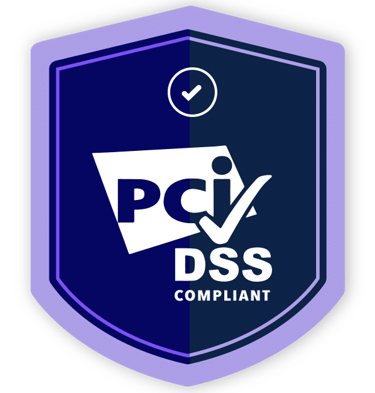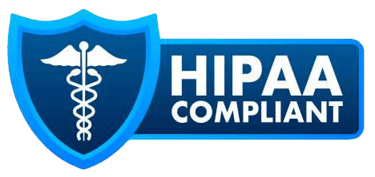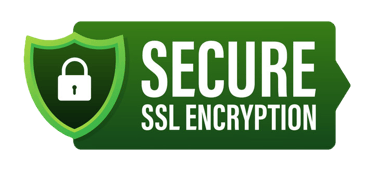Preparing for a CDPH or CMS Survey: Hospice Compliance Guide
Learn how to prepare for a CDPH or CMS hospice survey. Avoid deficiencies, strengthen compliance, and stay Medicare-ready with HealthBridge Consulting.


Running a hospice means balancing compassion with compliance. While your team is focused on delivering comfort and dignity to patients, state and federal agencies are focused on whether your hospice meets the Conditions of Participation (CoPs) established by the Centers for Medicare & Medicaid Services (CMS) and enforced by the California Department of Public Health (CDPH).
For hospice leaders, surveys can feel like the most stressful part of operations. But with the right preparation, your agency can transform surveys from a source of anxiety into an opportunity to showcase excellence. This guide will walk through the purpose of surveys, the areas of greatest risk, and concrete strategies to prepare—all with insights from HealthBridge Consulting, your partner in compliance and survey readiness.
Why CMS and CDPH Surveys Exist
Surveys aren’t just bureaucratic hurdles; they are designed to:
Protect patients: Ensuring that every patient receives safe, appropriate, and person-centered care.
Hold providers accountable: Confirming that hospices follow the Medicare CoPs, California state rules, and ethical best practices.
Maintain program integrity: Preventing fraud, waste, or neglect in the hospice system.
When a hospice excels in a survey, it communicates to patients, families, and referral partners that the agency is a trusted provider. When deficiencies are found, the consequences range from plans of correction to payment reductions or even termination from Medicare.
How Surveys Are Conducted
CDPH and CMS surveyors typically arrive unannounced. They bring with them a structured approach designed to evaluate both patient care and organizational compliance. Their activities may include:
Entrance Conference – Surveyors meet with leadership, explain the scope of the survey, and request key documents.
Patient Record Review – A deep dive into charts, plans of care, medication profiles, and interdisciplinary notes.
Home Visits – Direct observation of care being delivered, often shadowing clinicians.
Staff Interviews – Asking nurses, aides, social workers, and volunteers about protocols, policies, and patient needs.
Policy and Procedure Review – Ensuring your written standards match your practice and align with CoPs.
Exit Conference – Presentation of preliminary findings, deficiencies, and potential citations.
Common Areas of Deficiency
Survey results across California show that certain areas frequently trip up hospices:
Incomplete Comprehensive Assessments (§418.54): Assessments that skip psychosocial, spiritual, or cognitive components.
Poorly Maintained Plans of Care (§418.56): Care plans that are not individualized, not updated after IDG meetings, or lack measurable goals.
Medication Mismanagement: Missing reconciliation, failure to track side effects, or inadequate education provided to caregivers.
Weak QAPI Programs (§418.58): “Paper programs” that exist in name only without true performance improvement activities.
Infection Control Issues: Bag technique, hand hygiene, and supply handling are common targets during home visits.
Emergency Preparedness Gaps (Appendix Z): Agencies often lack full hazard assessments, communication drills, or documentation of training.
Volunteer Program Compliance (§418.78): Missing documentation of background checks, training, or the required 5% of patient care hours.
Step-by-Step Preparation Guide
1. Build a Culture of Continuous Readiness
The most successful hospices don’t “cram” for surveys. They maintain ongoing compliance. Leadership should model this mindset so that staff see compliance as part of daily care—not just paperwork.
2. Conduct Internal Audits
Regular chart audits are critical. Check for:
Timeliness of assessments and updates.
Care plans that reflect real patient needs and measurable outcomes.
Medication reconciliation at every visit.
Documentation of advance directives and patient/family education.
3. Strengthen Your Interdisciplinary Group (IDG)
Surveyors pay close attention to IDG meeting notes. Make sure:
Meetings are held every 14 days.
Each discipline contributes (nursing, physician, social work, chaplaincy).
Updates are clearly documented and reflected in the plan of care.
4. Rehearse with Mock Surveys
Mock surveys simulate the real experience, preparing your staff for on-the-spot questions. HealthBridge Consulting offers both on-site and virtual mock surveys that mirror CMS and CDPH protocols, giving leadership a clear roadmap to correct issues.
5. Educate Your Staff
Frontline clinicians often feel nervous when questioned by surveyors. Training sessions should cover:
How to explain infection control practices (bag technique, PPE).
How to locate and interpret care plans.
Patient rights and responsibilities.
What to do if they don’t know the answer (“I’m not sure, let me show you where it’s documented”).
6. Review and Update Policies and Procedures
Surveyors expect your written policies to reflect current CMS regulations. Every year, review and update manuals covering:
Admission/discharge criteria
Medication management
Emergency preparedness
Volunteer services
Quality assurance
7. Enhance Your QAPI Program
Your QAPI program should show measurable improvement. Examples:
Tracking patient pain scores and reducing uncontrolled pain rates.
Monitoring hospital readmissions and developing interventions.
Auditing IDG documentation for timeliness and accuracy.
Real-World Survey Scenarios
Scenario 1: Bag Technique Citation
A surveyor observed a nurse place her bag on the floor during a home visit. This resulted in a deficiency under infection control. Regular refreshers on bag technique could have prevented it.Scenario 2: QAPI Program Weakness
A hospice submitted a QAPI plan but had no evidence of performance improvement projects. The surveyors issued condition-level deficiencies. Building a structured QAPI program with data, interventions, and outcomes is essential.Scenario 3: Medication Errors
A patient’s medication list had not been reconciled after a hospital discharge. The discrepancy led to a citation. Regular audits and staff education on reconciliation are critical safeguards.
The Role of Leadership in Survey Success
Surveys are not just a test of clinical care—they are also a reflection of leadership. Clinical Managers, Directors of Patient Care Services, and Administrators must ensure:
Communication between departments is strong.
Documentation is accurate and up to date.
Training is ongoing and not one-time.
Accountability systems exist for following through on corrections.
How HealthBridge Consulting Supports Hospices
Preparing for a CDPH or CMS survey is complex, but you don’t have to do it alone. HealthBridge Consulting provides comprehensive compliance support, including:
Mock Surveys (on-site or virtual) that replicate the survey experience.
Chart Audits to catch documentation errors before surveyors do.
Staff Education programs covering infection control, emergency preparedness, and hospice CoPs.
Policy and Procedure Development customized to meet current regulations.
QAPI Program Support to build measurable improvement systems.
Ongoing Consulting Services to keep your hospice in compliance year-round.
By partnering with HealthBridge Consulting, hospices move from reactive compliance to proactive excellence.







